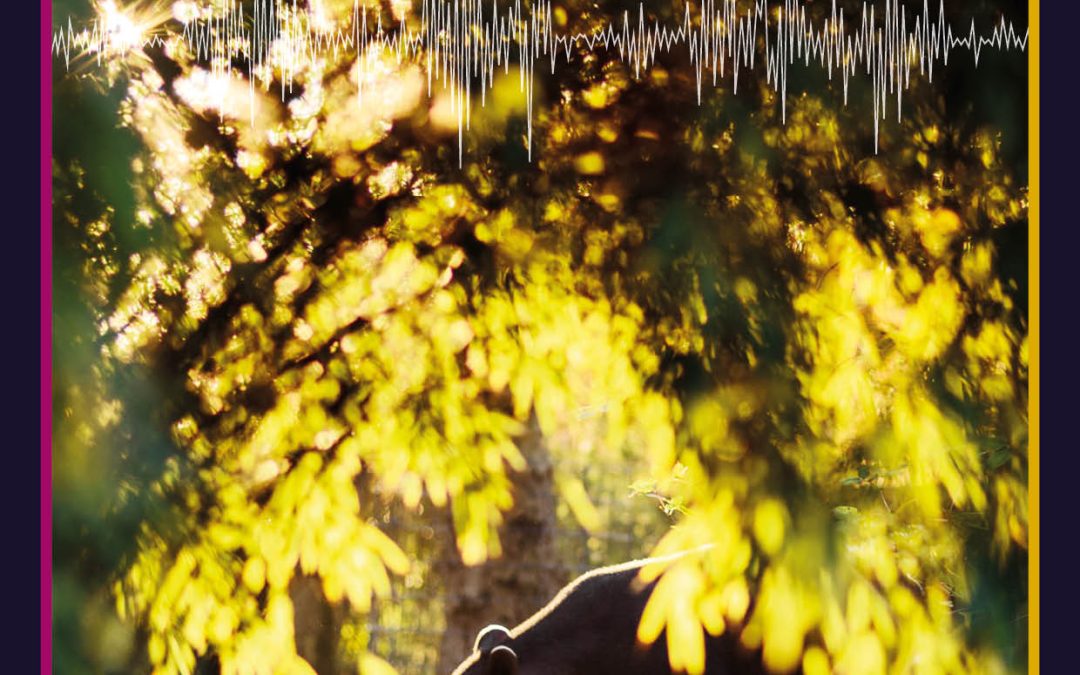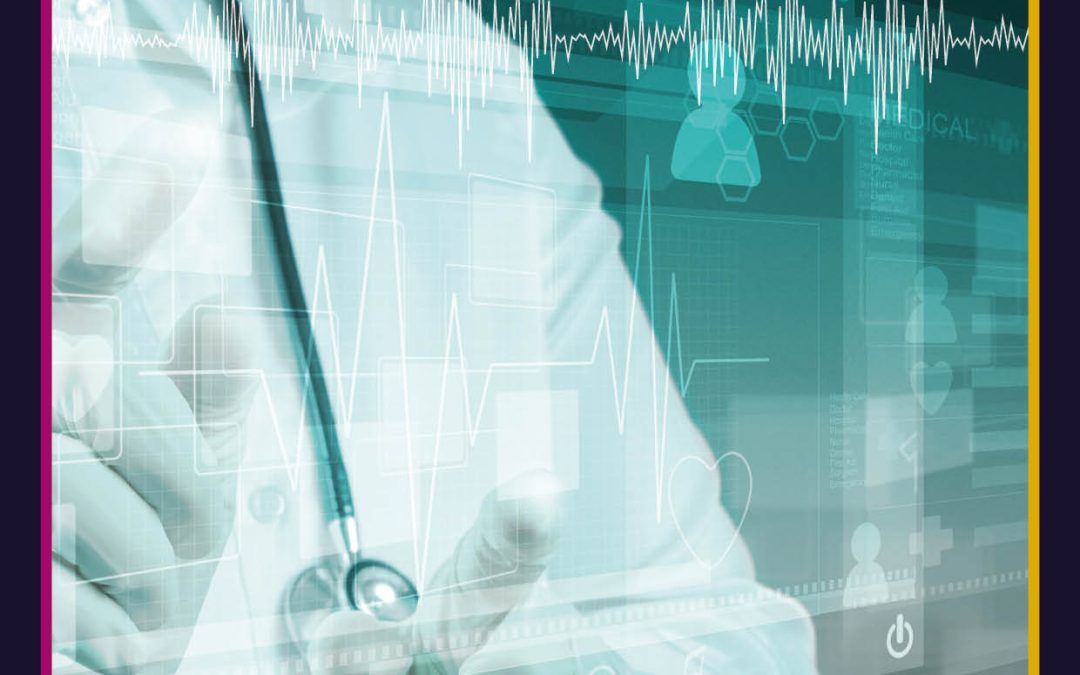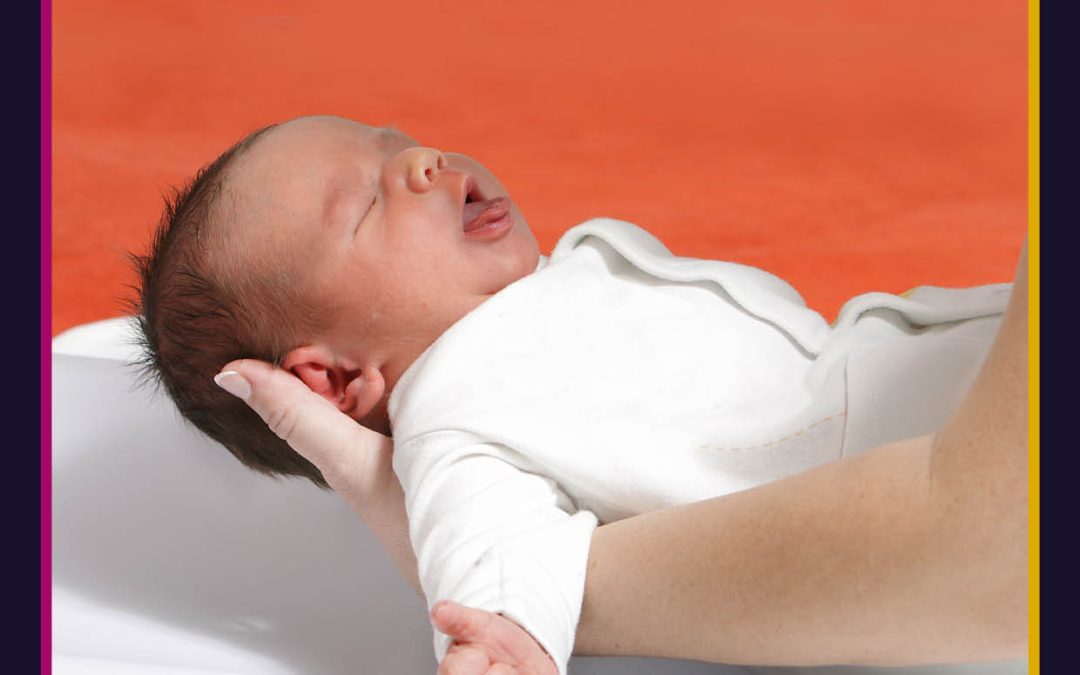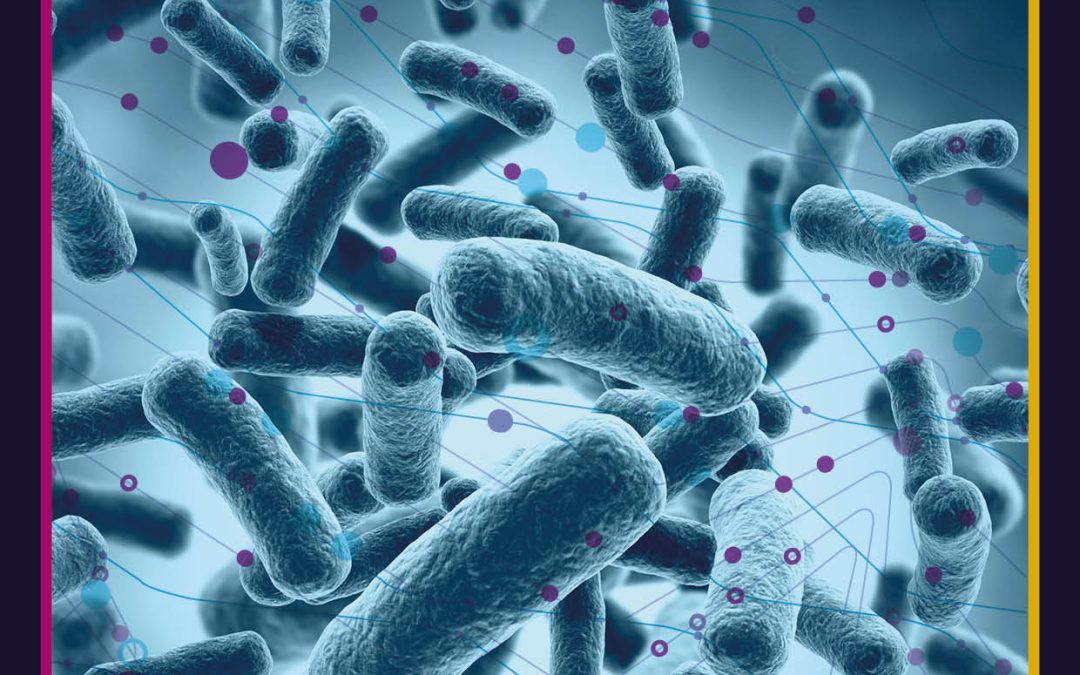
by admin | Mar 16, 2022 | health and medicine, trending
Led by Dr. Eric Buckland, Translational Imaging Innovations, Inc. (TII) provides purpose-driven software systems that drive such ophthalmic research forward. The TII image management platform provides researchers with the tools to manage multifaceted imaging workflows and efficiently organize and analyse complex sets of images and data to accelerate the development of new diagnoses and treatments for eye diseases. By unleashing the power of the eye, TII aims to transform medicine.

by admin | Mar 4, 2022 | health and medicine, social and behavioural sciences, trending
Dr Pierre Galanaud, an immunologist from Paris-Saclay University and Inserm UMR 996, analysed historical tax records to investigate the impact of epidemics on recent emigrants who experienced the 15th century plagues in Dijon, France. His research highlights the vulnerability of emigrants with low economic status to epidemic-related mortality. More broadly, his work demonstrates the important role that migrants play in population growth and demographic recovery after an epidemic has taken place. These findings are of particular relevance given the current COVID-19 pandemic.

by admin | Mar 2, 2022 | biology, earth and environment, health and medicine, trending
The destruction of jungle and forest habitats is a serious issue threatening species across the globe. Dr LaRoy Brandt and Maggie Singleton of Lincoln Memorial University studied one such threatened species, Baird’s tapir, in Costa Rica. By identifying the tapir’s tracks and deploying remote trail cameras, the team caught rare glimpses of this threatened species, indicating a return of the native population and an increase in their numbers. The question is, however, is this increase a sign of improving habitats or a result of less favourable forces at play?

by admin | Feb 28, 2022 | health and medicine, trending
Digital healthcare promises a wealth of benefits for current healthcare systems, yet its uptake has been remarkably slow across Europe. Taking the example of the UK in particular, Paola Mattei, Associate Professor in Political Science at the University of Milan, Italy, has recently considered the explanations for the slow uptake of digital healthcare and provides a commentary on why this is the case and what challenges now need to be faced to ensure success.

by admin | Feb 28, 2022 | health and medicine, trending
Adverse environmental factors in the mother’s womb and/or during the first years of life have traditionally been thought to be responsible for an increased risk of cardiometabolic disease for children later in life. Dr Gunn-Helen Moen [MO-en] at the University of Oslo in Norway and her collaborators used sophisticated statistical and genetic techniques to identify whether there is a causal effect of environmental factors that influence intrauterine growth on future cardiometabolic risk in the child. Their results were surprising but important.

by admin | Feb 25, 2022 | health and medicine, trending
Bacterial growth depends on the complex interactions of a multitude of chemical components. Microbiologists have long attempted to predict bacterial growth according to culture media components, and have employed a variety of mathematical and computational models to this end. Dr Bei-Wen Ying and her colleagues at the University of Tsukuba, Japan, successfully applied machine learning to understand the contribution of media culture components to bacterial growth. Their work makes a significant contribution to growth prediction and demonstrates that machine learning can be employed in the exploration of the complex dynamics that regulate living systems.






